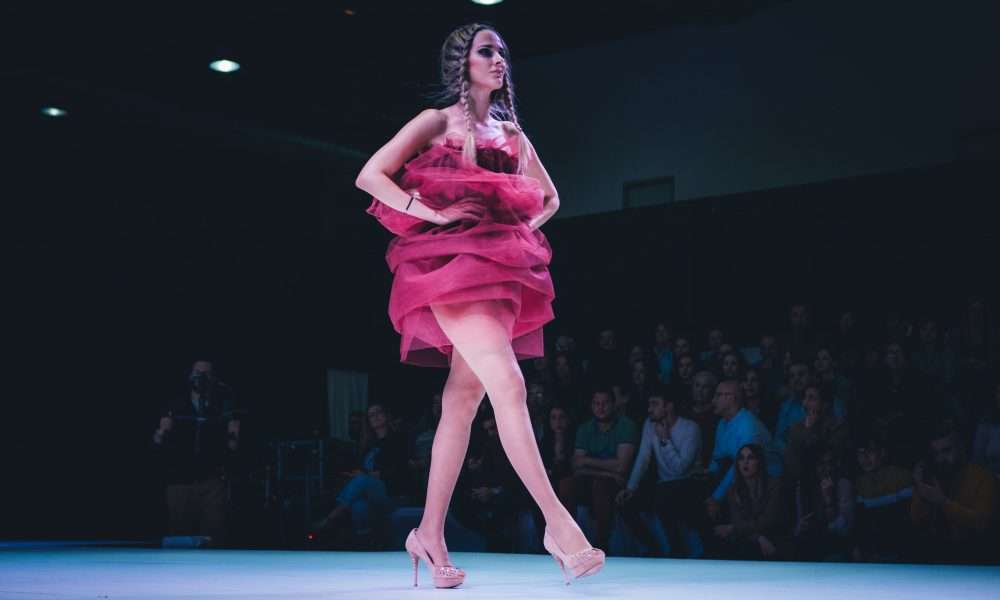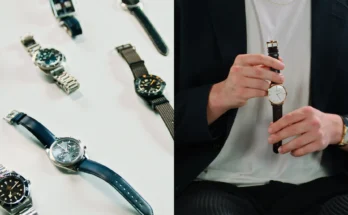Fashion is an ever-changing industry that has evolved dramatically over the years. It is a reflection of our society’s values, beliefs, and culture. In this article, we will take a journey through the decades and explore the evolution of fashion.
The 1920s: The Roaring Twenties
The 1920s were a time of liberation and change, and the fashion of the era reflected this. Women abandoned the restrictive corsets and voluminous skirts of the previous decade in favor of looser, more comfortable clothing. The flapper dress, with its dropped waistline and shorter hemline, became the symbol of the era. Men’s fashion also underwent a transformation, with the introduction of the tuxedo and the rise of sportswear.
The 1930s: The Great Depression
The 1930s were a time of economic hardship, and fashion reflected this. Clothing became less extravagant, and designers focused on creating affordable, practical clothing. Women’s fashion saw the introduction of the bias-cut dress, which was designed to flatter the figure without using too much fabric. Men’s fashion also became more casual, with the introduction of the polo shirt and khaki pants.
The 1940s: World War II
The 1940s were dominated by World War II, and fashion took a backseat to practicality. Clothing was designed to be functional, with women’s clothing featuring utility pockets and men’s clothing incorporating military-style details. The iconic “Rosie the Riveter” outfit, with its denim jumpsuit and bandana, became a symbol of the era.
The 1950s: Post-War Prosperity
The 1950s were a time of post-war prosperity, and fashion reflected this with a return to more extravagant clothing. Women’s fashion saw the introduction of the full skirt and the hourglass silhouette, while men’s fashion saw the rise of the “greaser” style, with leather jackets and slicked-back hair.
The 1960s: The Swinging Sixties
The 1960s were a time of social change and revolution, and fashion reflected this. Women’s fashion saw the introduction of the mini skirt and the shift dress, while men’s fashion saw the rise of the mod style, with fitted suits and skinny ties. The hippie movement also emerged during this decade, with a focus on natural fabrics and a more relaxed, bohemian style.
The 1970s: Disco Fever
The 1970s were dominated by disco music, and fashion reflected this with glitter, sequins, and platform shoes. Women’s fashion saw the introduction of the wrap dress and the jumpsuit, while men’s fashion saw the rise of the leisure suit. The punk movement also emerged during this decade, with a focus on torn clothing and edgy accessories.
The 1980s: The Decade of Excess
The 1980s were a time of excess and extravagance, and fashion reflected this with bold colors, shoulder pads, and oversized accessories. Women’s fashion saw the introduction of power dressing, with tailored suits and high heels, while men’s fashion saw the rise of the preppy style, with polo shirts and boat shoes.
The 1990s: Grunge and Minimalism
The 1990s saw a backlash against the excess of the previous decade, with a focus on grunge and minimalism. Women’s fashion saw the rise of the slip dress and the flannel shirt, while men’s fashion saw the introduction of the grunge look, with ripped jeans and combat boots. The rise of hip-hop also influenced fashion during this decade, with baggy clothing and athletic wear becoming popular.
The 2000s: The Rise of Fast Fashion
The 2000s saw the rise of fast fashion, with clothing becoming cheaper and more disposable. Women’s fashion saw the introduction of the low-rise jean and the crop top, while men’s fashion saw the rise of streetwear, with hoodies and sneakers becoming more popular. The 2000s also saw a revival of 1980s fashion, with neon colors and bold prints making a comeback.
The 2010s: Sustainable Fashion
The 2010s saw a growing concern for the environment, and fashion responded with a focus on sustainability. Women’s fashion saw the rise of the capsule wardrobe and the popularity of vintage clothing, while men’s fashion saw the introduction of eco-friendly fabrics and a focus on quality over quantity. The 2010s also saw the rise of athleisure, with comfortable, sporty clothing becoming more popular.
- Fashion has come a long way over the years, reflecting the values and beliefs of our society. From the liberation of the 1920s to the sustainability of the 2010s, fashion has been an ever-evolving industry, adapting to the changing times and needs of consumers.




